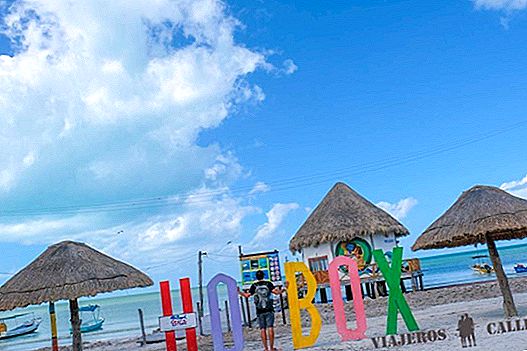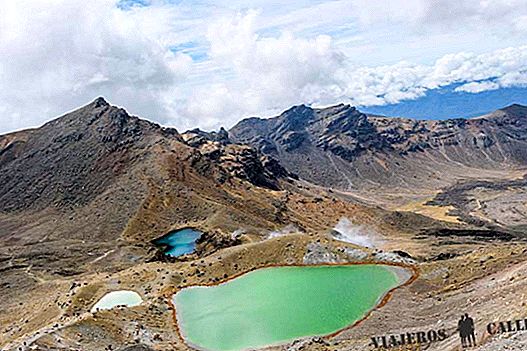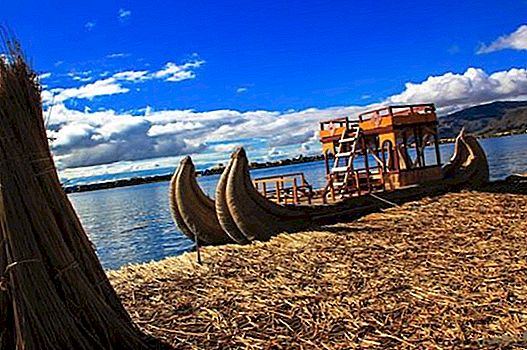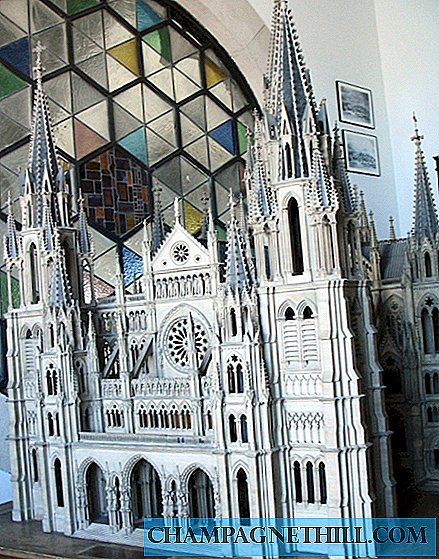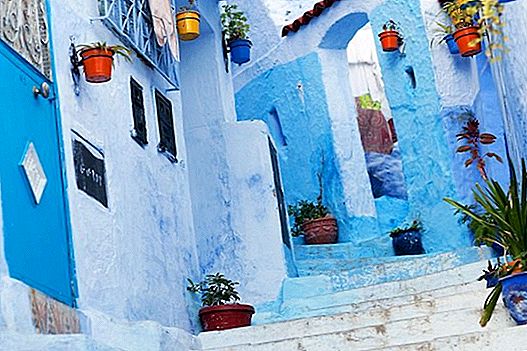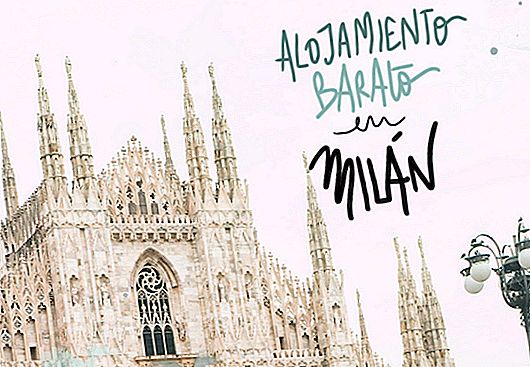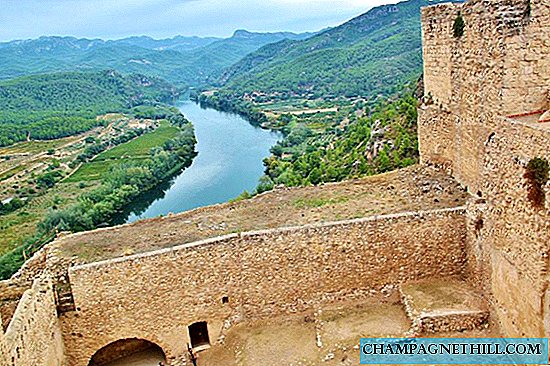On the third day we wanted to reach the furthest points of the city. In the morning we visit the sacred mountain Inari, where one of the most famous temples in Kyoto is located, and probably all over Japan, the Fushimi Inari.

FUSHIMI INARI
It is a Shinto temple dedicated to the spirit of Inari. Although the most striking of this place are the thousands of toriis, the typical arches that are placed at the entrance of the Shinto shrines, placed one behind the other and that travel the different paths to the top of the mountain. Inari is a deity related to prosperity and therefore many businessmen have left a pasture to donate these toriis. On the rise, in fact, there are many posters inviting the rock to find a little hole over there and pay for a bow, with prices and instructions (we assume, it is in Japanese) and cheap does not seem ...
During the climb you can see several sanctuaries every certain distance where the locals perform their prayers. They have that excuse to stop for a few minutes and take a breath, we have the excuse to shoot a few pictures. The truth is that onos was a magical place.




But if something comes to mind when we remember this place it will not be the Toriis, nor the sweat of our forehead to reach the top of the mountain ... We will actually remember two situations ... the first being surrounded by police (not coincidentally they were in the park) after the collapse of a piece of tree just 15 meters from us. Luckily no one was injured, but we got scared. The second, being surrounded by a multitude of Japanese with their cameras waiting as Michelle Obama appeared before us and greeted us. If he knew that a moment ago a tree had fallen in there, it might take away his desire to visit ...
What would have happened if the tree falls to Michelle Obama herself in the melon and bursts it? Well, World War III assured ... and we in the middle of the conflict!



ARASHIYAMA BAMBOO FOREST
In the afternoon we take the 500 ¥ bus pass to go to the other side of the city, to the bamboo forest, in the Arashiyama neighborhood. A beautiful environment for beautiful photos. Also for them, these flirtatious little girls (and not so young) who take advantage of this time of year to dress their splendid kimonos and go out to wear palm hearts. Later our friend Yukiko would tell us that she usually puts on special occasions, about 10 times a year. The one she has cost ¥ 175,000 (about € 1,500), as if to get stained!



KINKAKU-JI TEMPLE and TENMAN-GÜ KITANO SANCTUARY
We met Yukiko in English courses in New Zealand. Pestle to the bone! She and Miho, another former student, came to spend the weekend in Kyoto and the four of us had a great time! Together we went to the temple of the golden pavilion (Kinkaku-Ji), where we tried our luck with a omikuji (the ballots of fortune), "Excellent!"
With our stomach screaming for mercy, we went in search of something to eat, but first we entered the Kitano Tenman-gū shrine, where we would experience our first date with the hanami. We enter a million restaurants with a waiting list to finish eating a delicious meal in a restaurant of a shopping center and spend more than an hour on a bus on the way to our next destination, the Kiyomizu-dera, which we left for the next day Well, at 5:30 we had to meet Masaya, the fifth former student in question!




CHION-IN TEMPLE AND GION NEIGHBORHOOD
Masaya is from Osaka, but lived several years in Kyoto and made us a great tourist route! He took us to see the Chion-in temple from the outside, with a huge wooden door. We stroll through Maruyama Park and through traditional Japanese alleys full of restaurants and Ryokanes (typical Japanese hostels) inside charming little houses. He even took us to discover a "secret street", a real surprise!
Luckily we got away from there a bit (we trembled every time we saw the prices of the menus) and ended up touring the Gion neighborhood, where we had been a few days before, but that presented its night version, with its red lanterns and its medium light premises.



DINNER IN A TYPICAL JAPANESE RESTAURANT: “IZAKAYA”
In one of these places we finish, a typical Japanese “pub” (izakaya) and although I don't stop thinking about beer when I hear the word “pub”, here it seems that they are called the typical restaurants, with their private rooms and their Exquisitely prepared dishes. We tried the kaiseki cuisine, which does not focus on flavors, but on creating an intimate atmosphere to enjoy every bite. It is traditional Japanese cuisine, and as we say, take care of every detail. Obviously also the dishes, usually served in small portions and cooked with food of the highest quality. We tried everything, including Japanese beer Kirin and, of course, the famous Sake. Food? I do not remember it well ... thankfully we took some photos ... noooo, just kidding. The sake is still a rice liqueur with a graduation similar to wine, so, although we filled the glass a few times, we did not end so badly.
We ate like shogunes and had fun as dwarves We said goodbye to Masaya that same night but we would see Yukiko and Miho the next day, to complete what we could not do this day.




KIYOMIZU-DERA AND COUCHSURFING TEMPLE IN JAPAN
At 8 the alarm clock is already ringing. Dammit! Everything is for a good cause, we don't want to be late for our second cooking course together, as we did in Singapore. So, this time we arrived 20 minutes in advance and we were able to get to know Shohei and his two teachers better. The course was a discovery, but it was best to finish at Shohei's house and meet his family! Here we tell you more about the cooking course.
With the bellies well filled and with some new cooking skills we meet again with our favorite Japanese and, this time, we visit the Kiyomizu-dera temple (for us, the temple of the pillars). If you are in need of love, you cannot stop coming here and "go through the stone" ... emmmm ... we mean go through the stone of love and throw some prayer to you. If yours is very serious, you can throw yourself directly into the arms of any Japanese @ you see praying here, surely you end up making a very good couple!
At Shohei's house, in our first “futon” experience, we ended our visit to Kyoto, the capital of the empire for many years *, which has stolen a piece of our heart.



* Mogollón of years = from 794 to 1868.
(This article is a continuation of Kyoto part 1)
USEFUL INFO
Where to sleep.
- We spent 4 nights at the Kazariya Guesthouse.
- The rest of the nights we spent at Shohei's house doing couchsurfing
How to get around in Kyoto.
If you have several days it is best to plan it in two parts: walking, and tour the most central areas; and with the bus day pass, to visit the most remote areas in the same day. The pass costs ¥ 500 and is valid for an entire day in which you can take all the buses you want. Given that a trip costs ¥ 230 the truth is that it is worth it. Of course, try to avoid weekends and peak hours, because you can have a good time on the bus without advancing almost. They also give you a super detailed map with all the city lines.

How to get to the attractions and their prices.
- Fushimi Inari: bus nº 5 SUR (南 5) (be careful not to confuse with the 5 NORTH). Free pass.
- Bamboo Forest of Arashiyamai: bus nº 71, 72 and 74, Admission: free.
- Kinkaku-Ji (Golden Pavilion Temple): bus no. 12, 59, 101, 102, 104 and 105, Entrance: ¥ 400.
- Kiyomizu-dera: bus nº 100, 202, 206 and 207, Entry: 300 ¥.

